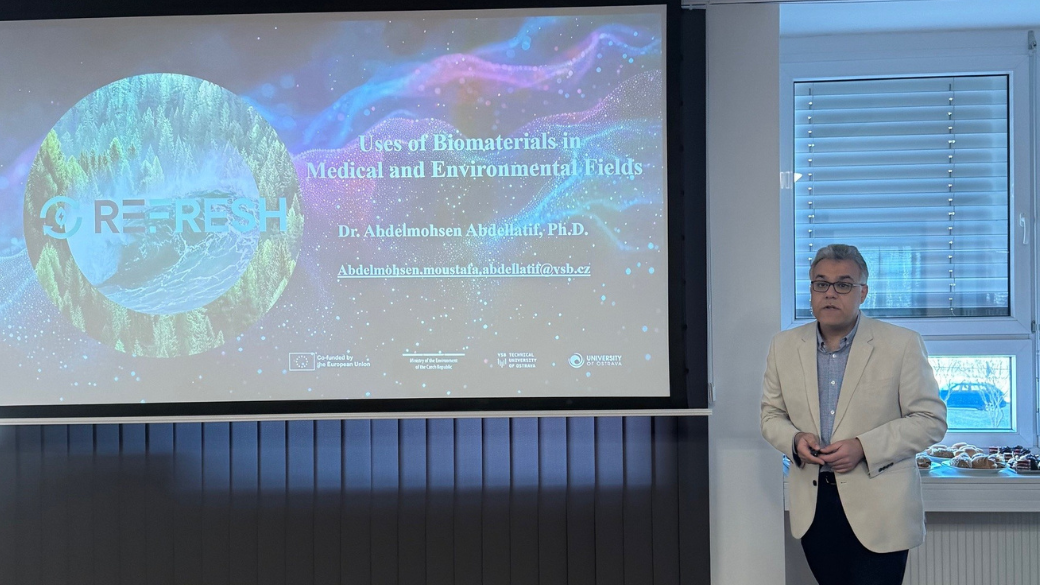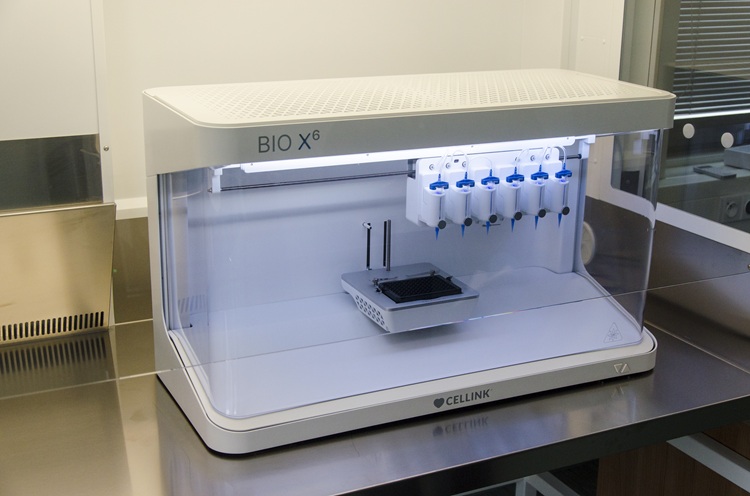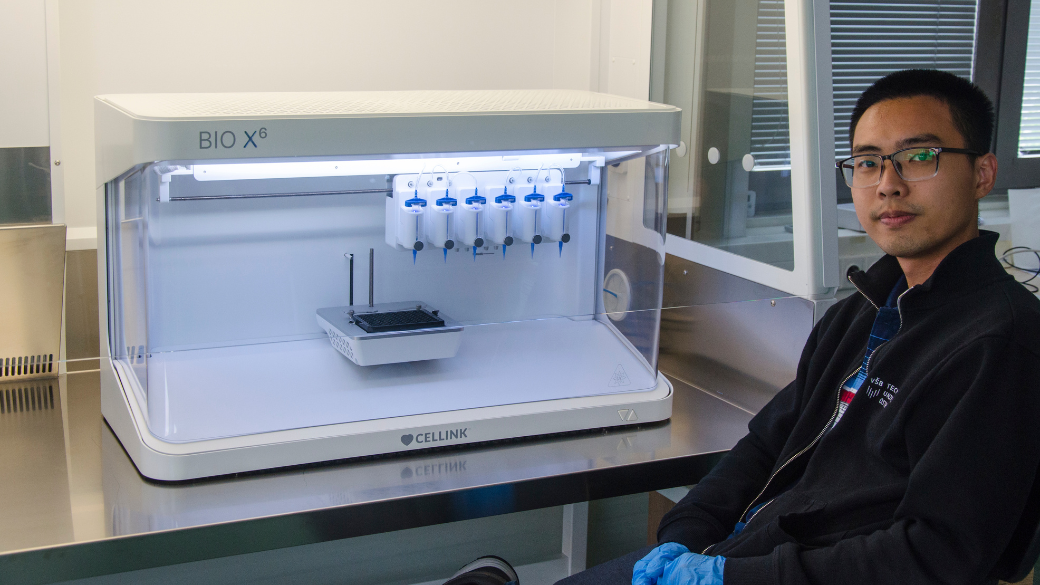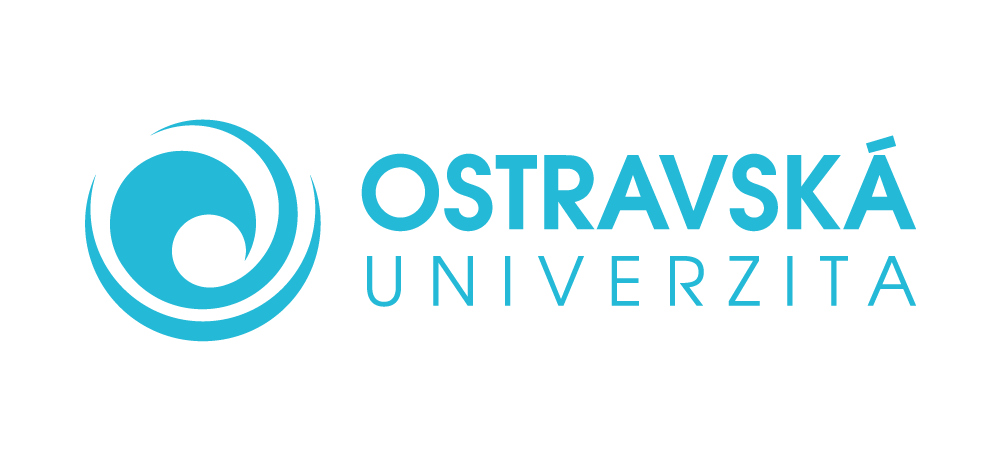One of the newest additions to this groundbreaking project is our colleague from the Faculty of Materials Science and Technology, M.Sc. Abdelmohsen Moustafa Abdellatif, Ph.D., who has been involved in 3D bioprinting of hydrogels for many years. He has joined a multidisciplinary team made up of experts from the University of Ostrava, the University Hospital Ostrava, and VSB – Technical University of Ostrava.

Targeting Blood and Oral Cancers
The Blood Cancer Research Group (BCRG), led by Professor Hájek, focuses on blood cancer research. His team, under the direction of Dr. Kotulová and Dr. Chyra, specializes in genetic modification and functional testing of special immune cells known as CAR NK cells — which are designed to specifically eliminate blood tumors. Within the HABIT-3D project, their focus will be on pilot experiments, advanced 3D tumor models, and 3D models of NK cell expansion, migration, and persistence.
These research efforts are complemented by the Head and Neck Cancer Research Group (HNCRG), represented by Assoc. Prof. Štembírek, Dr. Hrdinka, Dr. Režnarová, and Dr. Vondrová. This team focuses on aggressive malignancies of the oral cavity, exploring the potential of NK cell therapy as a treatment option.

Together, both research teams aim to identify potential therapeutic tools that may one day be introduced into clinical practice.
The Role of 3D Bioprinting at FMST
This collaboration has been made possible thanks to the unique 3D Bioprinting Laboratory operated by the Department of Machining, Assembly, and Engineering Metrology at the Faculty of Mechanical Engineering, VSB-TUO. The department is well known for its long-standing expertise in 3D printing of metals, polymers, composite materials, and post-processing using machining techniques.
To support the vision and strategic goals of the faculty, the department recently acquired the Bio X6 3D bioprinter, co-financed through the project “Infrastructure Support for Doctoral Study Programs at VSB-TUO” (Project No. CZ.02.01.01/00/22_012/0008111, funded by the Jan Amos Komenský Operational Programme).
Expert Insights on 3D Bioprinting
“3D bioprinting is an innovative technology that combines cellular biology, engineering, and materials science to create three-dimensional structures made from living cells and biomaterials. This process enables the production of biological tissues and structures that closely mimic the natural environment of the human body. Using live cells and bioactive molecules, bioprinting makes it possible to develop tissues with various applications in medicine — including tissue regeneration and organ transplantation,” explains Phu Ma Quoc, a Ph.D. student and operator of the bioprinter.

"This technology represents a revolution in personalized medicine, as it allows for the creation of patient-specific structures. The process involves printing a bio-ink — a suspension of living cells in a nutrient-rich hydrogel — into defined 3D structures. After printing, most of the cells remain viable and capable of organizing into functional tissue when provided with the right environment.
Multidisciplinary collaboration leads to the exchange of unique knowledge, experience, and technical know-how in areas that are still underexplored. It also addresses current challenges, including the increasing number of young patients with oral cavity tumors. This cross-disciplinary approach significantly increases the applicability of the project’s outcomes.
Our current priority is to complete the first results and find the right application partners who can introduce this innovative method into clinical practice. We understand this is a demanding task, but the project team is working with short-, medium-, and long-term goals,“ added Assoc. Prof. Marek Pagáč, HABIT-3D project manager.
Strategic Alignment
The HABIT-3D project aligns with the strategic visions of VSB – Technical University of Ostrava, University of Ostrava, and University Hospital Ostrava, as well as with key strategic initiatives REFRESH and LERCO.

.png?attachmentId=4532&image=true)

.jpg?attachmentId=4534&image=true)